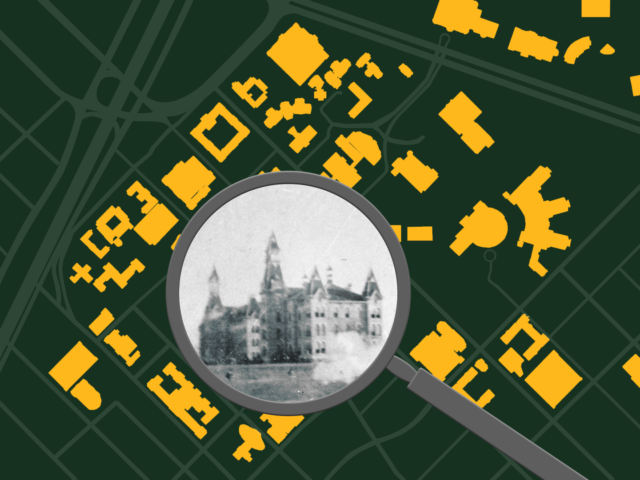Last week the Commission on Historic Campus Representations’ report was accepted and handed over to Baylor administration. Now it’s time for the university to keep its promises. Forming the commission to begin with was a step in the right direction, but if the report itself is not released to the public in a timely manner, it will vastly diminish the impact the report holds.
The commission was formed to investigate and evaluate Baylor’s historical ties to slavery and the confederacy and to craft a report outlining its findings and recommendations on how to proceed. Though this report is not yet public, it is now out of the commission’s hands. What happens with it next is up to the administration.
According to a press release sent out in an email Friday, the Board of Regents plans to publicly “release the full, independent report of the Commission by the end of March.” In the same press release, President Linda Livingstone said they will develop a proposed action plan for consideration “in the months ahead.”
If we aren’t waiting to release the report until the action plan is formed, then why is there a delay until the end of March? The Commission has delivered it, it has been approved and both the Board of Regents and the administration have seen it. As far as we have been told, we aren’t waiting on anyone else.
The longer the report is withheld from the public, the less time the Baylor community has to discuss its contents before the end of the school year. We are talking about racial oppression — this is not a topic that should be long contained, nor is it one that should be put off until the last minute in hopes that attention will be placed elsewhere. Yet each day the report stands idle, that becomes more likely.
It is understandable to want a better grasp on an action plan before releasing the report, but there will be no perfect plan of action when it comes to moving forward from something as drastic as ties to historical racism. Waiting and brainstorming won’t find magical steps that somehow eradicate Baylor’s past, and that isn’t something we expect anyone to do.
But what we do expect is full transparency and acknowledgment of what is found in the report. We expect efforts that follow the words of repentance and changes that occur in real time to reconcile the maltreatments of the past. And we expect ample time and encouragement to discuss our thoughts and contribute ideas on how to go forward.
So we are eager to read the report, by the end of March at the very latest. The formation of the Commission and the efforts of those on it are appreciated, and the Lariat Editorial Board asks that it will be utilized justly by seeing it through in a timely manner. It is only when the truth of the past is brought forward that proper restoration can begin.



